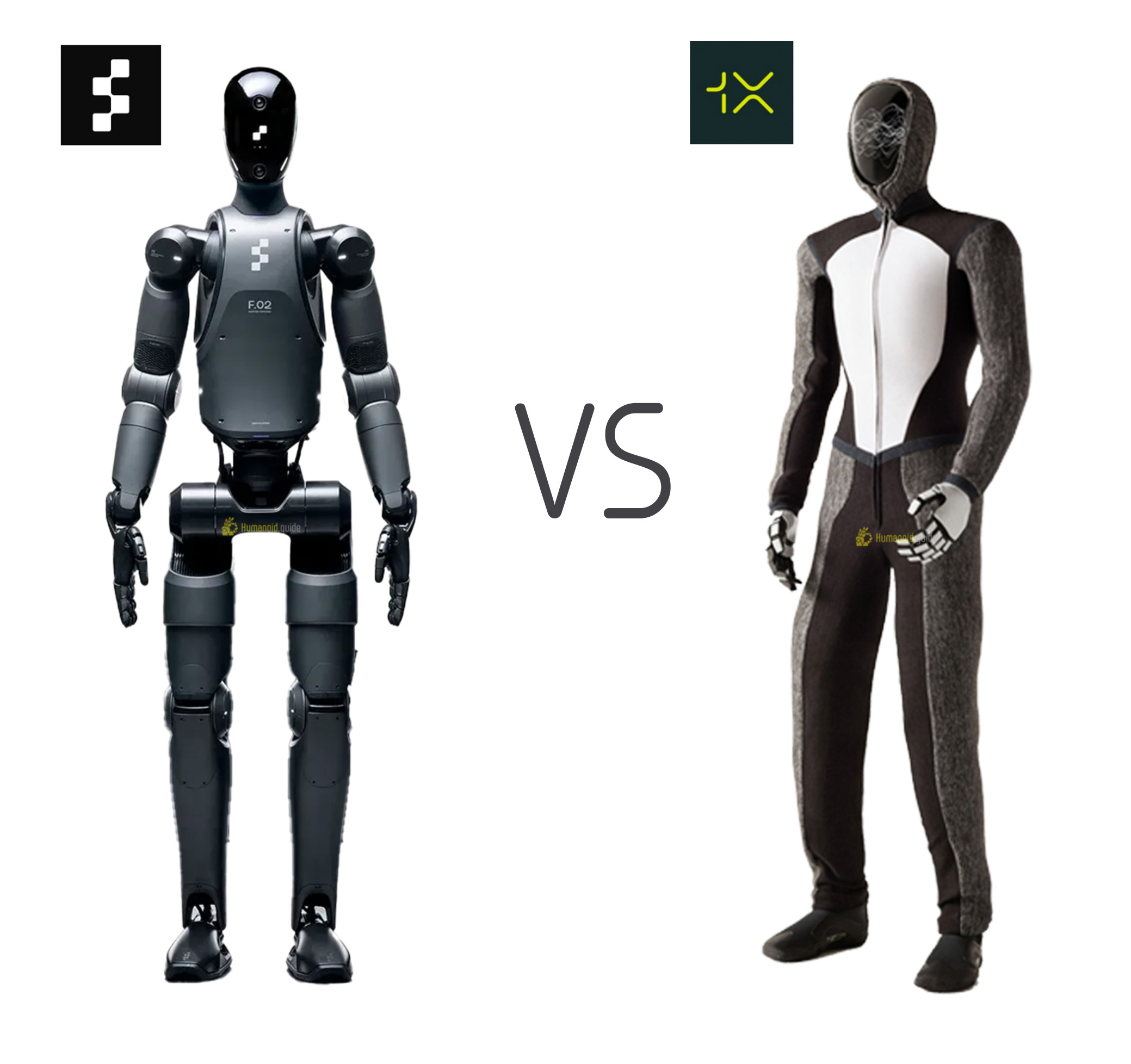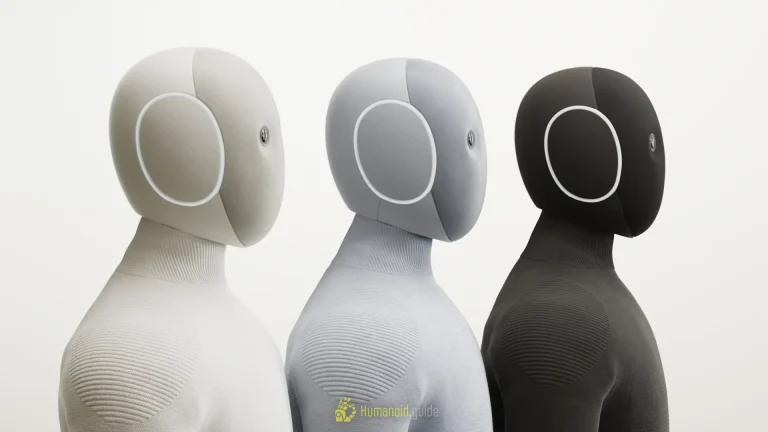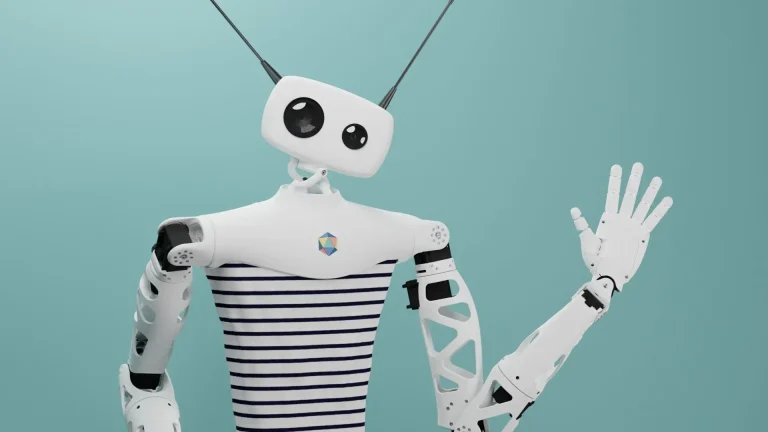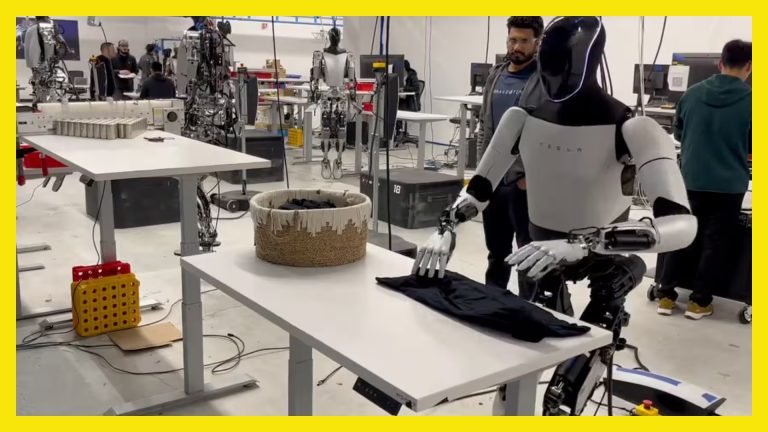1x vs Figure: Two different ways of bringing humanoids to market
The race to bring humanoid robots from science fiction to reality is heating up, with companies like 1x and Figure taking center stage. While both are committed to advancing humanoid robotics, their strategies diverge significantly. 1x is steering its robots directly into people’s homes, aiming to revolutionize domestic life. In contrast, Figure is focusing on industrial applications, such as car manufacturing, where robots can enhance efficiency and safety. Beyond their market approaches, the two companies also differ technologically: 1x employs tendon-based robots, whereas Figure relies solely on actuators. When comparing 1x vs Figure, this article delves into their contrasting strategies and technologies, exploring the pros and cons of each path.
2026 Humanoid Robot Market Report
160 pages of exclusive insight from global robotics experts – uncover funding trends, technology challenges, leading manufacturers, supply chain shifts, and surveys and forecasts on future humanoid applications.

Featuring insights from
Aaron Saunders, Former CTO of
Boston Dynamics,
now Google DeepMind
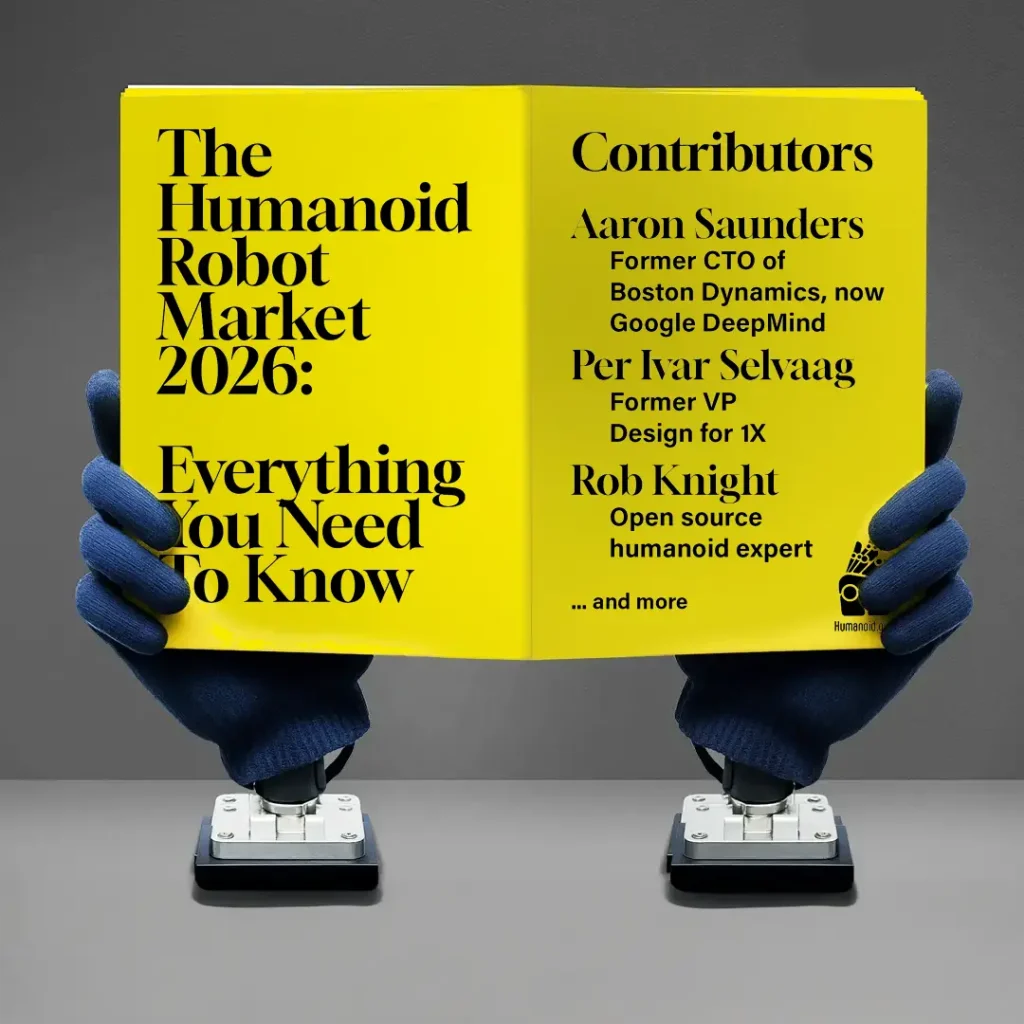
2026 Humanoid Robot Market Report
160 pages of exclusive insight from global robotics experts – uncover funding trends, technology challenges, leading manufacturers, supply chain shifts, and surveys and forecasts on future humanoid applications.
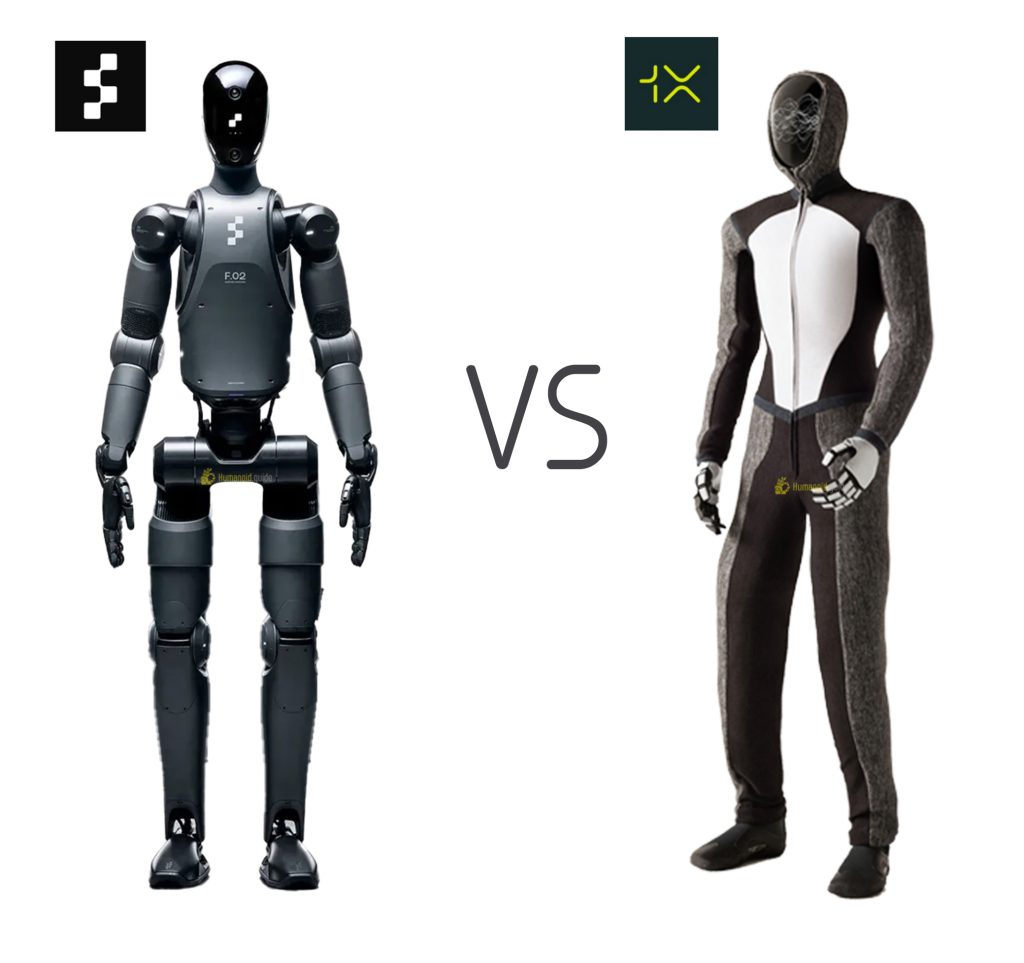
Go-to-Market Strategies: Domestic Integration vs. Industrial Application
1x: Bringing Robots into the Home
1x envisions a future where humanoid robots are household companions, assisting with daily tasks, providing companionship, and improving quality of life. By targeting the consumer market, 1x aims to address societal needs like elderly care, home security, and personalized assistance.
Pros:
- Large Market Potential: The domestic market offers vast opportunities for growth, tapping into millions of households.
- Direct Impact on Daily Life: Robots can make immediate and tangible differences in people’s lives, enhancing convenience and well-being.
- Brand Loyalty: Early entry into homes can establish strong brand recognition and customer loyalty.
Cons:
- Complex Environments: Homes present unpredictable settings with varied tasks, requiring advanced AI and adaptability.
- High Consumer Expectations: Meeting the diverse needs and expectations of consumers can be challenging.
- Regulatory and Ethical Concerns: Privacy, safety, and ethical considerations are paramount when introducing robots into personal spaces.
Figure: Focusing on Industrial Efficiency
Figure targets the industrial sector, deploying humanoid robots in environments like car manufacturing plants. By automating repetitive and hazardous tasks, Figure aims to improve operational efficiency and worker safety.
Pros:
- Controlled Environments: Industrial settings offer predictable conditions, simplifying robot programming and deployment.
- Immediate ROI for Clients: Businesses can quickly see returns through increased productivity and reduced labor costs.
- Safety Enhancements: Robots can perform dangerous tasks, reducing workplace injuries.
Cons:
- Competitive Market: The industrial robotics sector is already populated with established players.
- Limited Public Visibility: Focusing on B2B markets may limit brand recognition among the general public.
- Economic Sensitivity: Industrial investments can fluctuate with economic conditions, affecting demand.
Technological Approaches: Tendon-Based vs. Actuator-Only Robots
1x: Embracing Tendon-Based Robotics
1x’s robots are designed with tendon-based systems, mimicking human muscles and tendons. This approach allows for more fluid and natural movements, making robots better suited for dynamic and interactive home environments.
Pros:
- Natural Movement: Tendon systems enable smoother, more human-like motions, improving interaction with humans.
- Safety: The robot becomes compliant and sof, so it can be safe around humans.
- Adaptive Interactions: Capable of adjusting to unpredictable scenarios common in household settings.
Cons:
- Mechanical Complexity: Tendon-based systems are intricate, potentially increasing production costs and maintenance requirements.
- Durability Concerns: More moving parts can lead to higher wear and tear.
- Longer Development Cycles: Advanced technology may require extended testing and refinement.
Figure: Relying on Actuator-Only Design
Figure’s robots utilize actuator-only systems, focusing on robustness and simplicity. Actuators are reliable components ideal for repetitive tasks in stable environments like factories.
Pros:
- Simplicity and Reliability: Fewer mechanical complexities can result in more durable robots with lower maintenance needs.
- Cost-Effectiveness: Simpler designs can reduce manufacturing costs, making robots more affordable for industrial clients.
- Precision Performance: Actuators provide consistent and precise movements necessary for manufacturing tasks.
Cons:
- Limited Flexibility: May not perform well in unpredictable or varied environments.
- Rigid Movements: Less natural motion could hinder tasks requiring delicate handling or human interaction.
- Application Constraints: Best suited for specific tasks, limiting versatility.
Connecting Strategy and Technology
The technological choices of 1x and Figure are closely tied to their market strategies. 1x’s tendon-based robots are a natural fit for home environments, where adaptability and safe human-robot interactions are crucial. The ability to move fluidly and handle diverse tasks makes tendon-based robots suitable for the complexities of domestic life.
Conversely, Figure’s actuator-only robots align with the needs of industrial applications. Factories require robots that are reliable, precise, and capable of performing repetitive tasks without fail. The simplicity and durability of actuator-based systems make them ideal for such settings, where conditions are controlled, and tasks are well-defined.
Humanoid guide offers comprehensive specs for all the robots in the market. You can visit the Neo and Figure 02 spec
Conclusion
1x and Figure represent two distinct visions for the future of humanoid robotics. 1x is pioneering the integration of robots into everyday life, promising to transform how we live and interact with technology at home. Figure is set on revolutionizing industries by enhancing efficiency and safety through robotic automation.
Both strategies come with their own sets of advantages and challenges. 1x faces the complexities of unpredictable home environments and the need for consumer acceptance, while Figure navigates a competitive industrial market with economic sensitivities. Technologically, the choice between tendon-based and actuator-only designs reflects their targeted applications and underscores the importance of aligning technology with strategic goals.
As the robotics industry continues to evolve, the successes and setbacks of these companies will offer valuable insights. Whether robots become commonplace in our homes or continue to reshape industries, the paths taken by 1x and Figure will significantly influence the trajectory of humanoid robotics.
Want to dive into the minds of the visionaries behind 1x and Figure? Don’t miss these must-watch videos where their CEOs unveil bold plans for the future:

